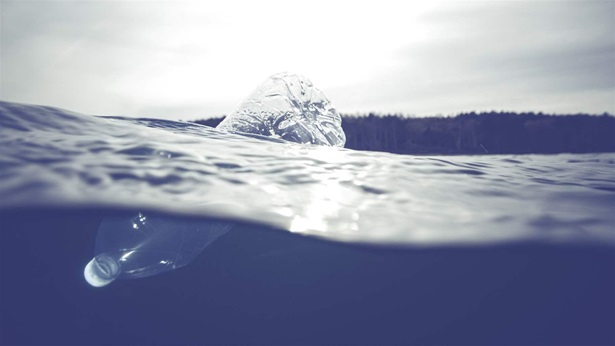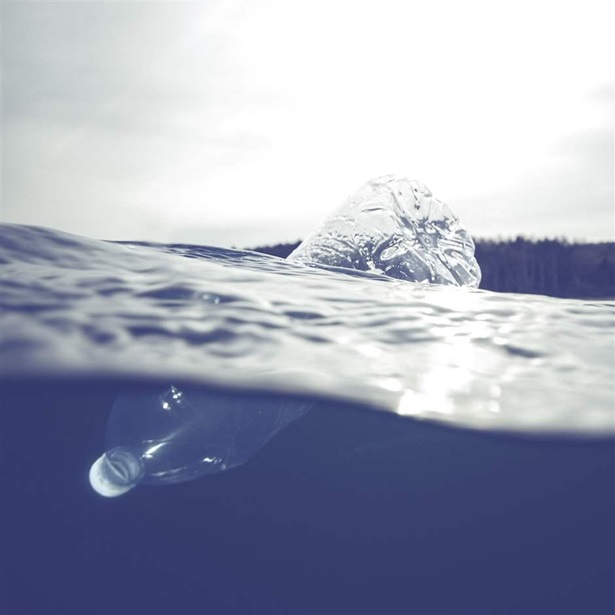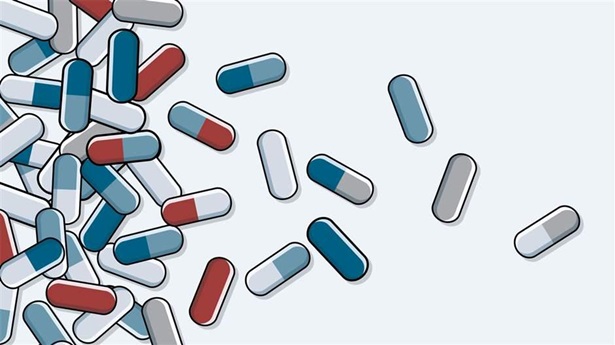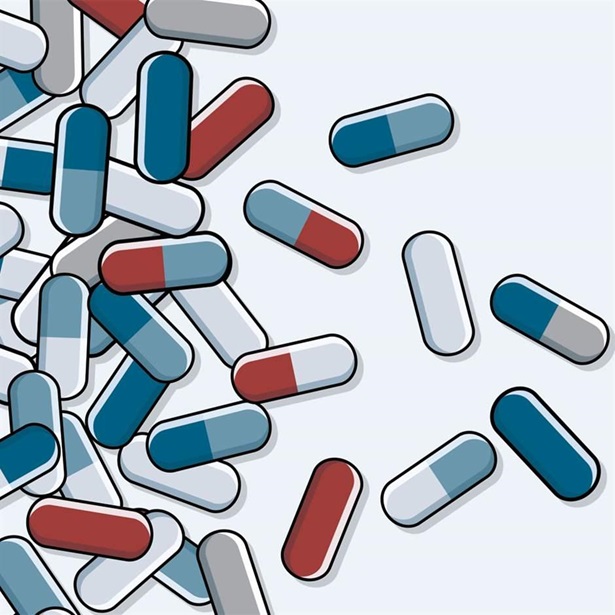EU Proposes First Measures to Limit Plastic Pollution From Vehicle Tyres
Policy would help protect nature and people from a significant source of microplastics
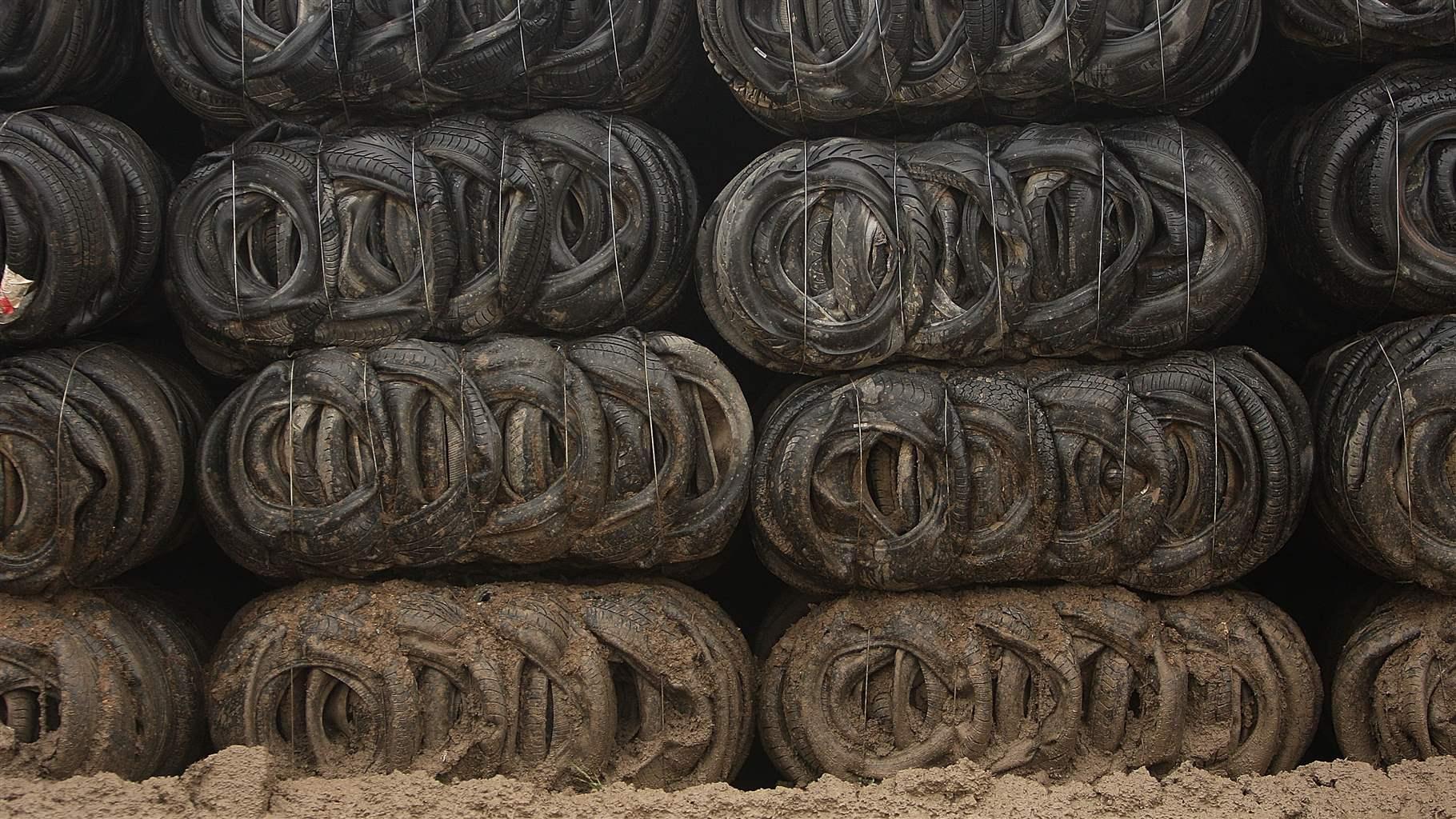
European Union policymakers could soon set limits for brake and tyre emissions in the EU, a move that would help curb one of the leading sources of microplastic pollution in the world. Earlier this month, the European Commission published a legislative proposal setting a path to regulating emissions from tyres and brakes in the coming years.
Vehicle tyre particles are estimated to be one of the largest sources of microplastic emissions, contributing around 1 million metric tons of plastic pollution to the environment globally each year. Tyres are made from a mixture of natural and synthetic rubber as well as a type of plastic polymer and other chemical compounds. When there is friction with the road surface, such as when vehicles accelerate or brake, small particles break off from tyres and are released into the air and onto the road surface and roadside environment. From there, they can contaminate soil and waterways via road surface runoff, wastewater and airborne movement.
These tyre particles may eventually end up entering and polluting the ocean. Tyre nanoparticles, tiny pieces of plastic smaller than microplastics, have even been documented in ice cores from the Arctic—among the most remote places on Earth. Researchers found that tyre nanoparticles accounted for almost a quarter of detected plastic types in the ice cores, alongside others, including polyethylene and polyethylene terephthalate—both commonly used in packaging.
Once in the environment, microplastics have been shown to have negative effects on living things both on land and in the water. For example, studies have found that microplastics can not only decrease the health and survival of coral and plankton but can also potentially affect soil ecosystems and plant growth. In addition, microplastics can end up in the food chain and have been found in salt, beer and drinking water.
Under the new European Commission proposal, the Commission will set out emission limits for brakes and tyres in a report due to be published by the end of 2024. This limit would mean that tyres with the highest microplastic generation rates would no longer be permitted to be sold in Europe and could lead to significant reductions in microplastic pollution throughout the EU.
Although more studies on the health impacts of tyre microplastics are needed, a chemical compound derived from tyre particles—known as 6PPD-quinone—has recently been linked to mass salmon deaths in the United States, and further research has confirmed its toxicity to other species, such as rainbow trout and brook trout.
Microplastics might even harm human health. By 2050, experts estimate that up to 90% of particulate emissions from road transport in Europe will come from non-exhaust sources—namely brakes and tyres—and studies have shown a significant association between exposure to particle pollution and health risks such as premature death, cardiovascular effects and respiratory problems. As vehicles get heavier (electric vehicles weigh more than their combustion-engine counterparts), tyre particle generation is set to increase, which in turn might drive up health risks to people.
The proposal is now set to be negotiated with the European Parliament and the Council and, although it could change prior to agreement, this is a promising first step towards tackling microplastic emissions from tyres. The Pew Charitable Trusts is calling for ambitious limits that take into account the amount of particles generated and establish a process to review their toxicity. This could create a global precedent for tackling tyre microplastics—and could serve as a policy model for other countries.
Sarah Baulch works on The Pew Charitable Trusts’ preventing ocean plastics project.
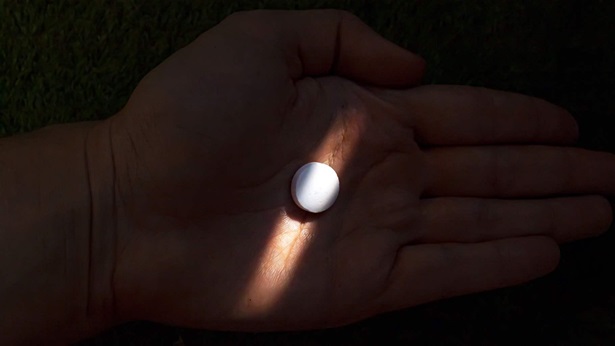
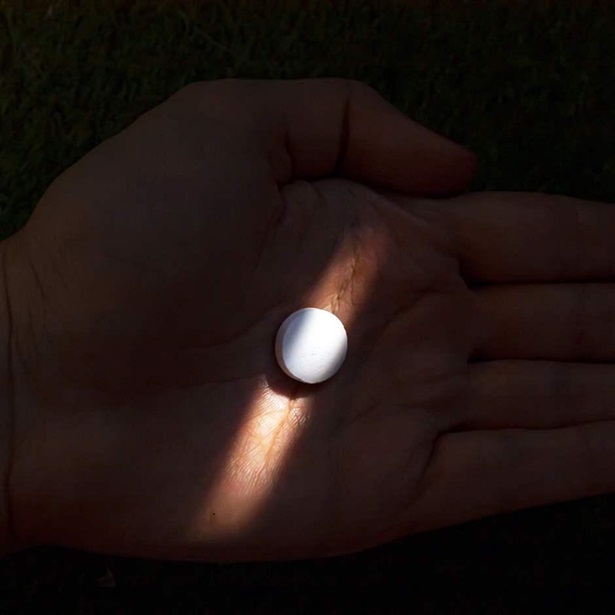
America’s Overdose Crisis
Sign up for our five-email course explaining the overdose crisis in America, the state of treatment access, and ways to improve care
Sign up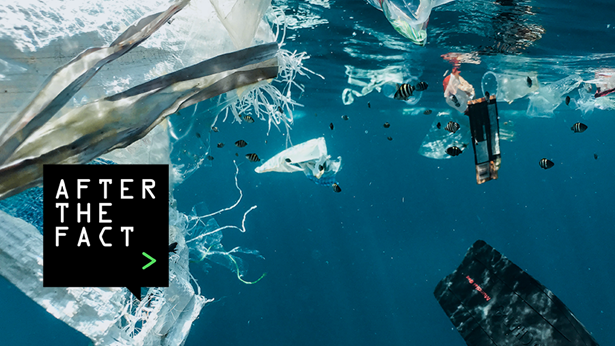

Preventing Ocean Plastic Pollution
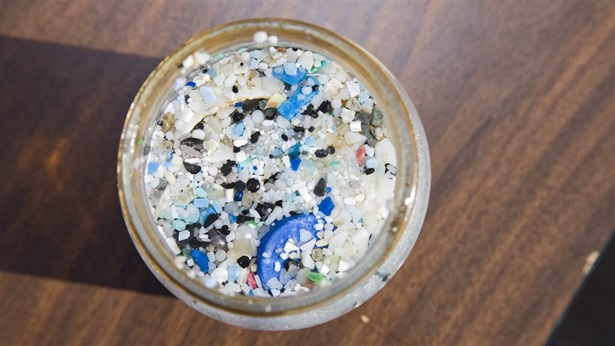
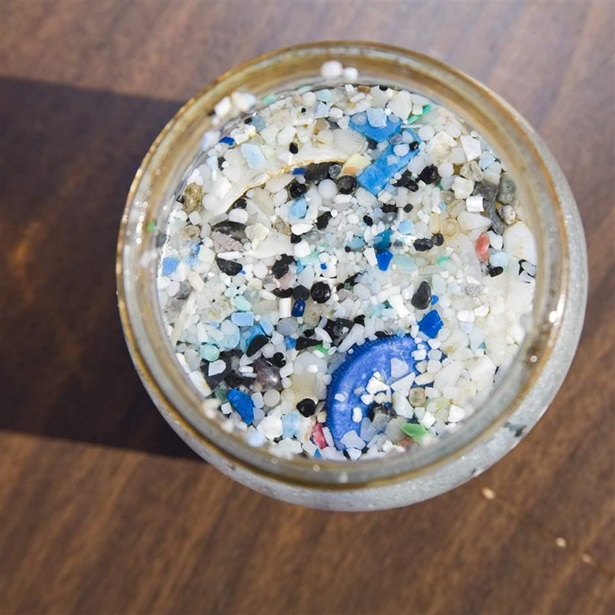
Microplastics Are a Big Part of Global Pollution
